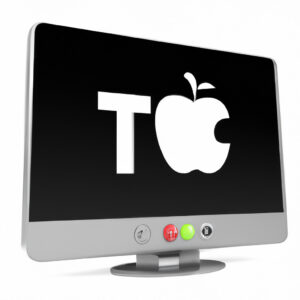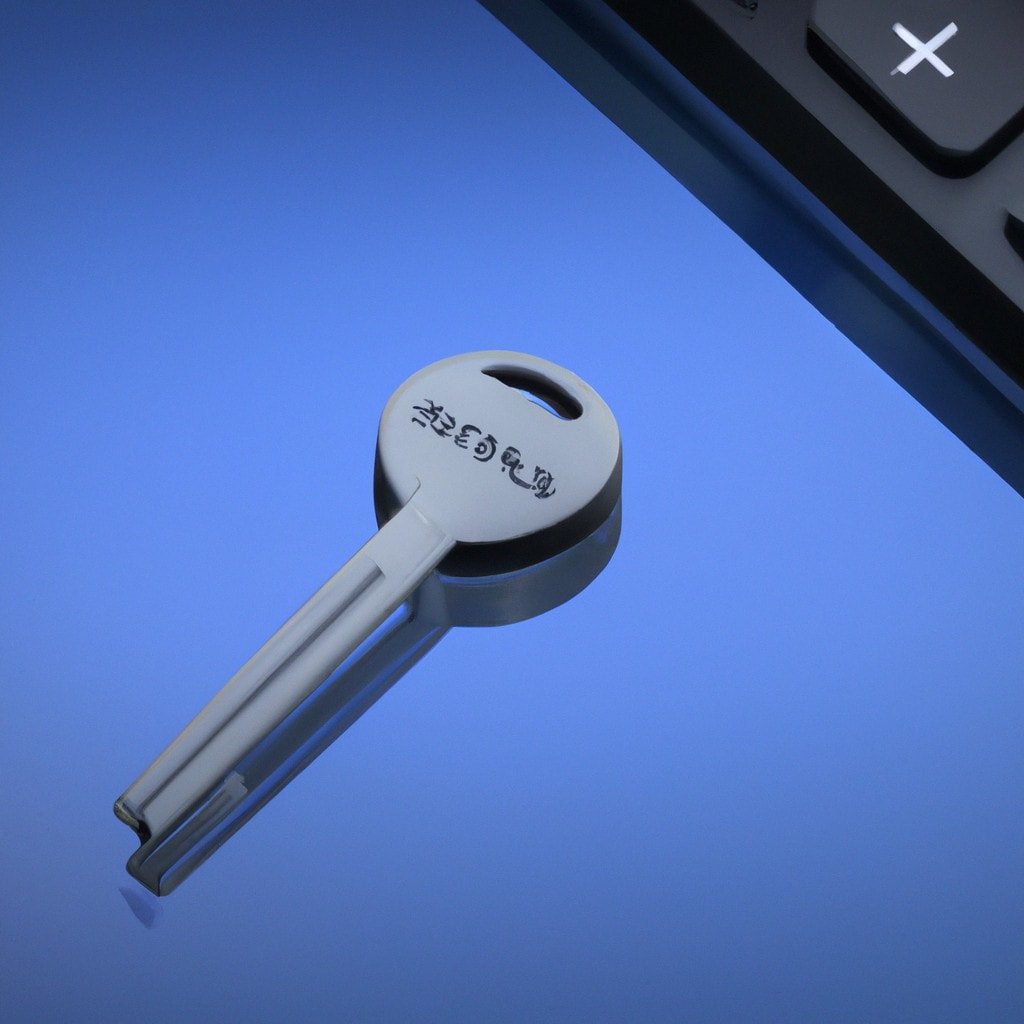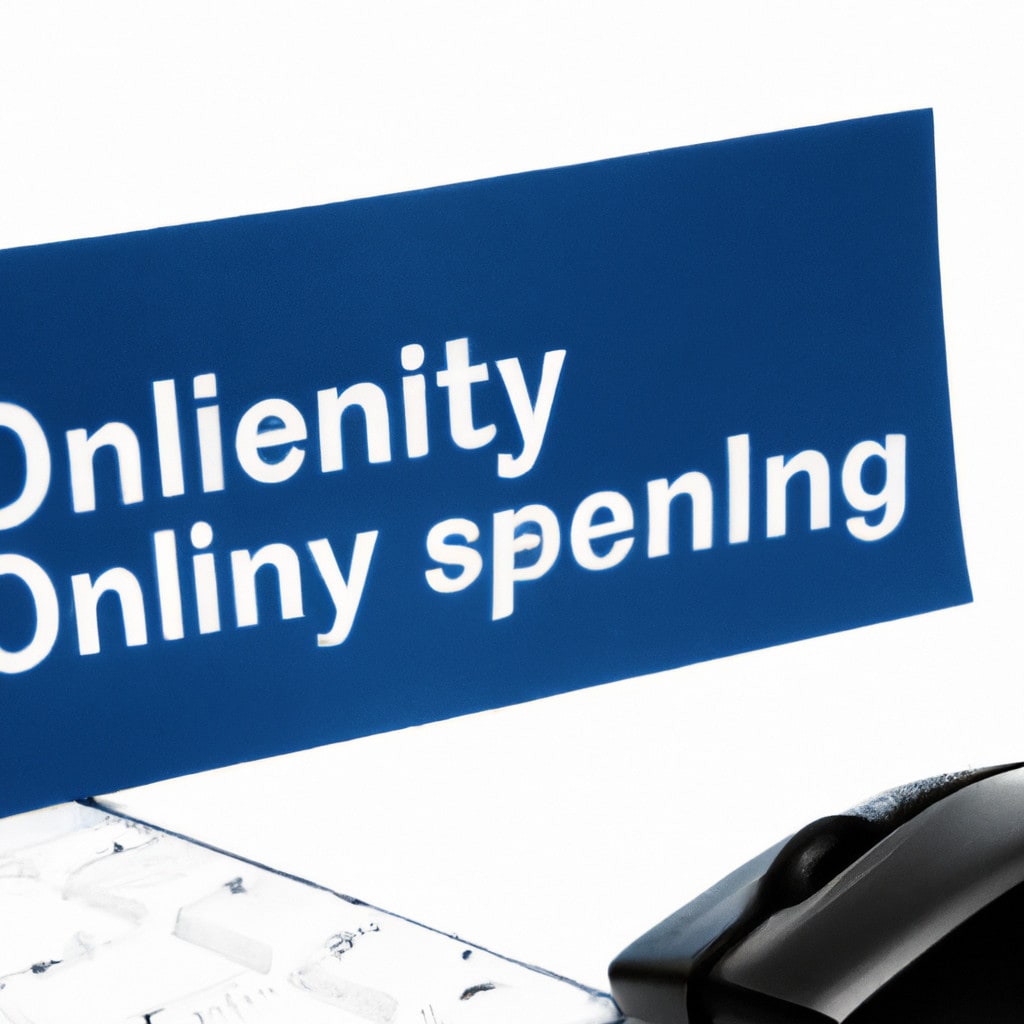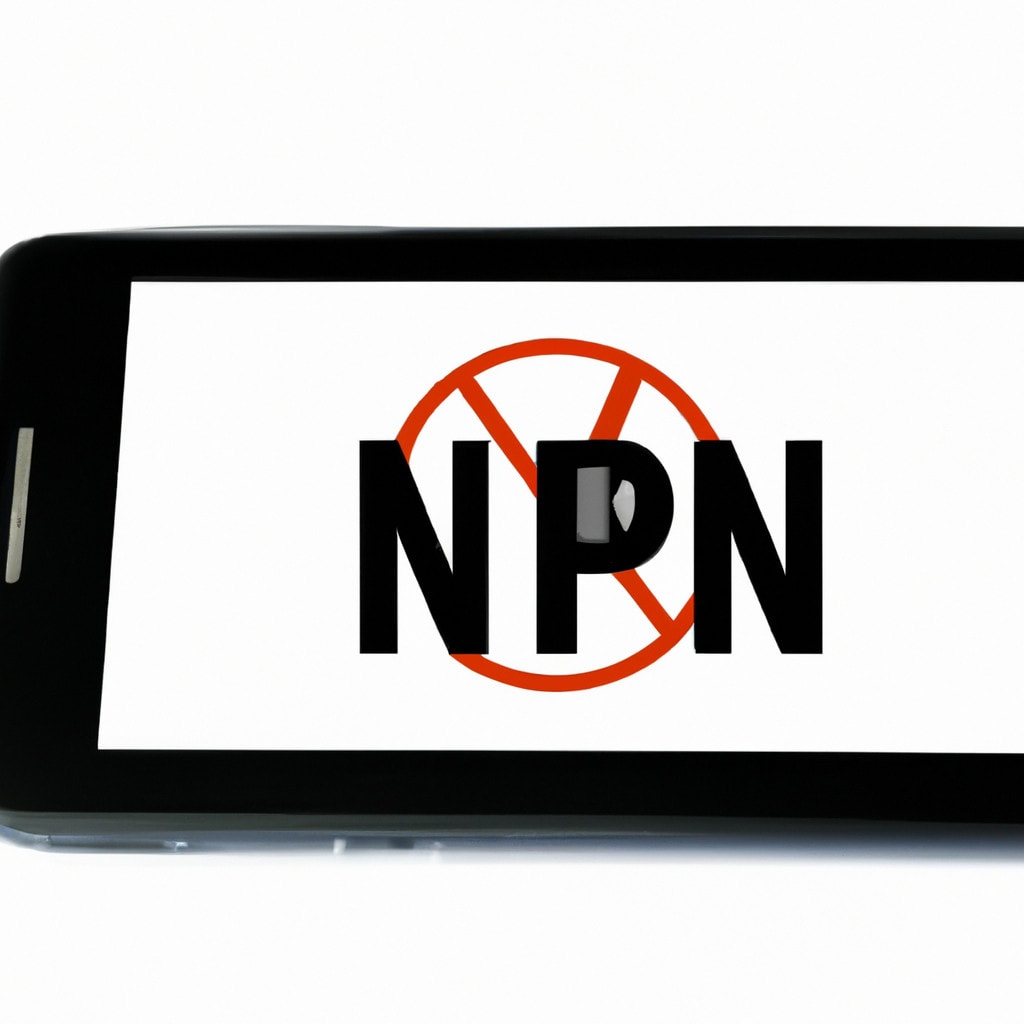5 Steps to Harness the Power of VPN on Your Apple TV: A Comprehensive Guide for Expert Engineers
Step 1: Understand the Benefits of Using a VPN on Apple TV
As an expert engineer, you’re likely already familiar with VPNs (virtual private networks) and their many benefits in terms of security, privacy, and bypassing geo-restrictions. One question that may arise when considering the practical applications of VPNs is, “Can I use a VPN on Apple TV?”
The answer is yes! Although Apple TV does not have native support for VPNs, it is possible to set up a connection to a VPN server through various methods. In this article, we will explore five easy-to-follow steps to harness the power of a VPN on your Apple TV. By doing so, you can greatly enhance your entertainment experience while maintaining your security and privacy.
Step 2: Choose the Right VPN Service
Before proceeding, it’s crucial to select a reliable and high-performing VPN service compatible with Apple TV. Your choice should be based on factors including:
1. Availability of servers in different geographic locations – this allows you to access content from multiple countries.
2. High-speed connections: A fast VPN will ensure smooth streaming without buffering.
3. Strong encryption and security protocols: These features safeguard your online activities from hackers and third-party surveillance.
4. Cross-platform compatibility: Choose a VPN service that supports various devices and platforms.
Once you’ve chosen a suitable VPN service, follow the provider’s instructions to install and configure the VPN on your devices.
Step 3: Set Up the VPN Connection
There are several options for setting up the VPN connection on your Apple TV, each with its own advantages and technical requirements. The three most common methods are:
1. Smart DNS proxy:This method involves changing the DNS settings on your Apple TV to direct your traffic through a proxy server in the desired country. While this approach may not provide the same level of encryption and security as a full-fledged VPN, it is relatively easy to set up and doesn’t negatively impact streaming speeds.
2. Router-based VPN:Installing the VPN on your router allows all connected devices, including your Apple TV, to benefit from the VPN’s protection and geo-unblocking capabilities. Keep in mind that not all routers are compatible with VPN services, and the setup process can be complex for those without advanced technical knowledge.
3. Network sharing via computer:Another option is to share your computer’s VPN connection with your Apple TV. This method requires configuring your computer’s network settings and connecting your Apple TV to the shared network.
Step 4: Configure Your Apple TV
Once you’ve established the VPN connection using one of the methods above, it’s time to configure your Apple TV’s settings. This process varies slightly depending on the chosen method, but generally includes the following steps:
1. On your Apple TV, navigate to the “Settings” menu.
2. Under “Network,” select the appropriate Wi-Fi or Ethernet connection.
3. Modify the required fields (e.g., DNS settings for Smart DNS proxy or IP address if using network sharing) based on your selected method and the information provided by your VPN service.
4. Save your changes and restart your Apple TV.
After completing these steps, your Apple TV will be connected to the VPN server, allowing you to enjoy geo-restricted content while maintaining privacy and security.
Step 5: Test and Troubleshoot the VPN Connection
Now that your Apple TV is connected to the VPN, it’s essential to test the connection by accessing content from a different country (e.g., a streaming service with geo-restricted content). If the content is accessible, your VPN connection is functioning correctly.
If you encounter issues, consider the following troubleshooting tips:
1. Verify that your VPN connection is active on the device or router.
2. Double-check your DNS or IP settings as per your VPN service’s instructions.
3. Clear your Apple TV’s cache and restart the device.
4. Contact your VPN provider for assistance.
In conclusion, using a VPN with your Apple TV can greatly expand your content options while ensuring your privacy and security. Although the setup process may initially seem daunting, following the steps provided in this guide will empower you to maximize the potential of your Apple TV and enjoy a seamless streaming experience.
Don’t Use a VPN…it’s not the ultimate security fix you’ve been told
How to Use Apple TV App on iPhone (3 Ways)
Can I put my Apple TV on a VPN?
Yes, you can set up a Virtual Private Network (VPN) on your Apple TV. Using a VPN with your Apple TV helps to enhance your privacy, unblock geo-restricted content, and secure your connection. However, setting up a VPN on Apple TV is slightly more complicated than on other devices.
There are three main methods to connect your Apple TV to a VPN:
1. VPN Router: Configure a VPN on your router to automatically protect all devices connected to it, including your Apple TV. This is the most secure method, but you may need a compatible router and a certain level of technical knowledge to set up the VPN configuration.
2. DNS Proxy: Sign up for a Smart DNS service, which will allow you to bypass geo-restrictions without using a full VPN. This method doesn’t provide the same level of encryption and security as a VPN, but it’s easier to set up on the Apple TV. Navigate to the Apple TV settings, change the DNS settings to the ones provided by your Smart DNS service, and you’re good to go.
3. Network Sharing: Share your computer’s VPN connection with your Apple TV through an Ethernet cable or Wi-Fi. This method requires additional setup on your computer but allows for more flexibility in choosing which devices use the VPN connection.
It’s important to choose a reliable VPN service to ensure the best possible streaming experience and avoid potential privacy risks. Make sure to compare features, speed, and server locations when selecting a VPN provider.
Why does Apple TV not allow VPN?
Apple TV itself does not have a built-in VPN client, and that’s why it does not directly allow VPN usage. This limitation is likely because Apple wants to maintain control over the content that users access and prevent potential licensing issues with its media partners. Moreover, using a VPN might also bypass geo-restrictions, which goes against content distribution agreements.
However, there are ways to use a VPN with Apple TV indirectly. One common method is by setting up a VPN on your router, which will then secure and anonymize the internet traffic of all devices connected to it, including your Apple TV. Another way to use a VPN with Apple TV is through sharing your computer’s VPN connection via an Ethernet cable or Wi-Fi hotspot, effectively turning your computer into a VPN router for your Apple TV.
In summary, while Apple TV does not have a built-in VPN client, you can still make use of a VPN by setting it up on your router or sharing your computer’s VPN connection.
Can you use VPN Netflix with Apple TV?
Yes, you can use a VPN with Netflix on your Apple TV, but it requires some additional steps since Apple TV does not have a built-in VPN client. Using a VPN for Netflix allows you to access geo-restricted content and enhances your streaming experience. Here’s how you can set up a VPN with Netflix on your Apple TV:
1. Configure the VPN on your router: The easiest way to use a VPN on your Apple TV is by configuring the VPN directly on your router. This way, all devices connected to the router, including your Apple TV, will automatically use the VPN connection. To do this, you’ll need a router that supports VPN connections or custom firmware like DD-WRT or Tomato.
2. Share your VPN connection from your computer: If you don’t have a compatible router or prefer not to configure the VPN on your router, you can share your VPN connection from your Mac or Windows PC. Simply connect your computer to the VPN and then share your computer’s Internet connection with your Apple TV via Ethernet cable or Wi-Fi.
3. Use a Smart DNS service: Some VPN providers offer Smart DNS services that allow you to change your Apple TV’s DNS settings to access geo-restricted content without the need for a VPN. Although this method does not provide the same level of security and privacy as a VPN connection, it can be a convenient alternative for streaming.
Once you have your VPN set up and running with your Apple TV, you can enjoy Netflix content from other regions that were previously unavailable to you. Keep in mind that using a VPN with Netflix may go against their terms of service, and the streaming company might block certain VPN servers. Therefore, it is crucial to choose a reliable VPN provider known for working well with Netflix.
Can I use a free VPN for Apple TV?
Yes, you can use a free VPN for Apple TV, but it is important to consider the potential limitations and risks associated with free VPN services. While a free VPN might seem like an attractive option, these services often come with data caps, limited server options, and slower speeds, which can negatively impact your streaming experience.
Moreover, free VPN services might not provide the same level of security and privacy as their paid counterparts. Some free VPNs may log your data or display ads, potentially exposing you to threats or unwanted content.
For the best performance and peace of mind, it is advisable to consider a paid VPN service for your Apple TV that offers robust security features, faster speeds, a larger server network, and reliable customer support.
Is it possible to set up a VPN directly on Apple TV?
Yes, it is possible to set up a VPN directly on Apple TV, although the process is not as straightforward as with other devices. There are three main methods to use a VPN with Apple TV:
1. Using a VPN-enabled router: This is the most common and recommended method. By setting up a VPN on your router, all devices connected to it, including your Apple TV, will be protected by the VPN connection. To do this, you’ll need a router that supports VPN connections or can be flashed with firmware like DD-WRT or Tomato.
2. Sharing your computer’s VPN connection: This method involves connecting your Apple TV to your computer via an Ethernet cable and sharing the VPN connection from your computer. This requires configuring network settings on both your computer and Apple TV.
3. DNS-based VPN (Smart DNS): This method uses custom DNS settings to reroute specific traffic through a VPN server without encrypting it. Some VPN providers offer Smart DNS services, which can be configured directly on Apple TV. However, this method only provides limited protection compared to a full VPN connection.
Keep in mind that using a VPN with Apple TV can help bypass geo-restrictions, access blocked content, and enhance privacy, but it might also affect streaming speeds and some apps’ functionality.
What is the best method for using a VPN with Apple TV to access geo-restricted content?
The best method for using a VPN with Apple TV to access geo-restricted content is by setting up the VPN on a compatible router and connecting your Apple TV to that router. This allows your Apple TV to inherit the VPN connection, bypassing geo-restrictions and providing access to blocked content.
To set up a VPN on a router and use it with Apple TV, follow these steps:
1. Choose a VPN: Select a reliable and reputable VPN service that supports router installation and offers servers in the desired geo-location.
2. Configure the VPN on your router: Access your router’s control panel settings and follow the VPN provider’s step-by-step instructions to configure the VPN connection. This typically involves entering the VPN server address, username, and password.
3. Connect your Apple TV to the VPN-enabled router: Once the VPN is set up on your router, connect your Apple TV to the same router, either via Wi-Fi or an Ethernet cable.
4. Restart your Apple TV: Power off your Apple TV, wait for a moment, then power it back on. This ensures the new VPN connection is properly initialized.
5. Access geo-restricted content: With your Apple TV now connected to the VPN, you can enjoy streaming geo-restricted content from various platforms, such as Netflix, Hulu, or BBC iPlayer.
Remember that not all routers are compatible with VPNs. Therefore, it’s essential to check both your router and VPN provider’s compatibility before proceeding. If your router isn’t compatible, consider purchasing a pre-configured VPN router or installing custom firmware like DD-WRT or Tomato on a compatible router.
Will using a VPN on Apple TV impact streaming quality and speed?
Using a VPN on Apple TV can potentially impact streaming quality and speed. The performance of a VPN largely depends on the server location, encryption method, and the VPN service provider you choose.
When using a VPN, your internet traffic is routed through an encrypted tunnel to another server in a different location. This process can slow down your connection speed because of the increased latency and processing time. However, if you select a high-quality VPN service with a good network of servers, you may experience minimal impact on your streaming quality and speed.
Another factor to consider when using a VPN is the capability of your internet connection. If your connection is already slow or unstable, you might face more significant drops in speed or quality.
In conclusion, using a VPN on Apple TV can affect streaming quality and speed, but it heavily depends on the VPN service provider, server location, and your internet connection. To ensure the best experience, opt for a trustworthy and reliable VPN service.





